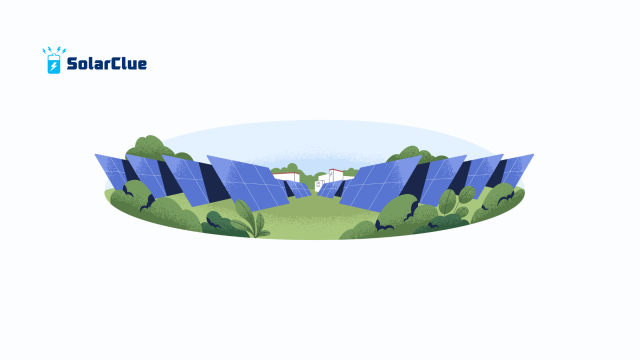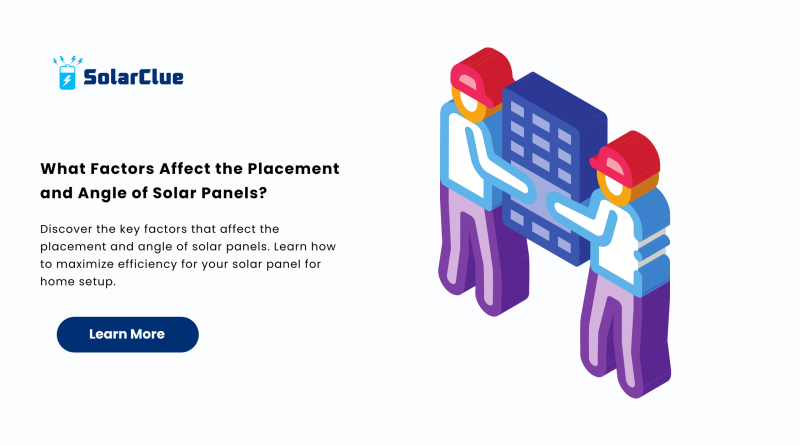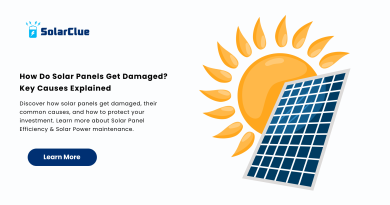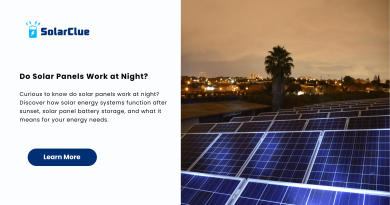What Factors Affect the Placement and Angle of Solar Panels?
Installing a solar panel for home is one of the smartest decisions homeowners can make today. But just buying the best solar panel isn’t enough. To reap the full solar panel benefits, understanding the factors that affect the placement and angle of solar panels is crucial. These factors directly influence how efficiently your solar power system captures and converts sunlight into energy.
Table of Contents
- 1 1. Geographic Location
- 2 2. Roof Orientation
- 3 3. Tilt Angle
- 4 4. Shading Obstacles
- 5 5. Roof Structure and Space
- 6 6. Panel Efficiency and Type
- 7 7. Weather and Climate Conditions
- 8 8. Energy Needs of the Household
- 9 9. Local Regulations and Building Codes
- 10 10. Inverter and Wiring Considerations
- 11 11. Seasonal Sun Path Changes
- 12 12. Mounting System Type
- 13 13. Budget and Installation Costs
- 14 14. Aesthetic Preferences
- 15 15. Future Expansion Plans
- 16 16. Expert Consultation
- 17 17. Software and Tools Used
- 18 18. Roof Vent and Obstacle Positioning
- 19 19. Maintenance Accessibility
- 20 20. Battery Storage Integration
- 21 Conclusion
- 22 FAQs
1. Geographic Location
The latitude of your location is the most important factor in determining the tilt angle. In general, your solar panel should be angled equal to your latitude for optimal year-round performance. For example, in southern India, where the sun is more vertical, a lower tilt angle is preferable compared to northern states.
2. Roof Orientation
The direction your roof faces plays a significant role in energy generation. South-facing roofs are ideal in the northern hemisphere. If your home’s roof faces east or west, you may still get good performance, but adjustments will be necessary.
3. Tilt Angle
While location determines the basic angle, fine-tuning the tilt is equally important. For homes, a tilt between 10° and 30° often provides good efficiency. Seasonal angle adjustments can further optimize performance.
4. Shading Obstacles
Nearby trees, buildings, or chimneys that cast shadows on your solar panel for home can reduce output. Shade analysis tools are often used by installers to find the best placement.
5. Roof Structure and Space
The type, material, and available area of your roof affect how and where panels can be mounted. Strong, flat, or gently sloped roofs are easier to work with than steep or tiled roofs.
6. Panel Efficiency and Type

Different types of solar panel (like monocrystalline or polycrystalline) have different efficiencies and requirements. High-efficiency panels might be better for small roof areas.
7. Weather and Climate Conditions
Local weather patterns, including cloud cover and seasonal sunlight, influence placement and angle. In cloudy regions, it becomes vital to optimize angle to capture the maximum light available.
8. Energy Needs of the Household
If your household has high energy usage, you may need more panels or specific placement strategies to meet the demand efficiently.
9. Local Regulations and Building Codes
Many areas have guidelines for solar power system installations. Permits, setback distances, and height restrictions can affect how and where panels are placed.
10. Inverter and Wiring Considerations
Efficient wiring routes and inverter placements also impact placement. Panels should be placed in a way that minimizes cable length and power losses.
11. Seasonal Sun Path Changes
The sun’s path changes with the seasons. Some systems allow manual or automatic angle adjustments to optimize performance throughout the year.
12. Mounting System Type
The type of racking or mounting system used—fixed, adjustable, or tracking—affects the angle and direction options. Tracking systems follow the sun but are costlier.
13. Budget and Installation Costs
While it may be ideal to place and angle panels in the best way possible, budget constraints may limit those options. A balance between cost and performance is essential.
14. Aesthetic Preferences
Some homeowners prefer installations that don’t affect the appearance of their property. This can impact placement decisions.
15. Future Expansion Plans
Planning to add more panels later? It’s wise to leave room on your roof and design your initial layout to allow future scalability.
16. Expert Consultation
Professional assessment by a certified installer ensures that all factors are evaluated correctly. This is essential to choosing the best solar panel for home applications.
17. Software and Tools Used
Tools like PVsyst and Google’s Project Sunroof help assess sun exposure, shading, and optimal placement using satellite data.
18. Roof Vent and Obstacle Positioning
Obstructions like vents, skylights, and air conditioning units can hinder efficient panel arrangement and require careful planning.
19. Maintenance Accessibility
Panels should be installed in locations that allow easy cleaning and maintenance to ensure long-term performance.
20. Battery Storage Integration
If you plan to use battery storage, panel placement should support seamless energy flow to the battery system.
Conclusion
These are the factors that affect the placement and angle of solar panels. Maximizing the output of your solar panel setup involves much more than choosing the best solar panel. Every factor—from your roof type to sun path to regulatory guidelines—impacts the performance. A well-designed solar power system will not only boost your energy efficiency but also deliver higher savings over time. If you’re planning to invest in a solar panel for home, understanding these placement and angle factors is key to long-term success.
Ready to make your home more energy-efficient? Check out the latest insights and solutions on solarclue.com and get expert advice from our dedicated knowledge base at blog.solarclue.com.
FAQs
Q1. What is the ideal angle for solar panels in India?
The ideal angle depends on your location. Generally, it should match your latitude. Southern states may use lower tilt angles compared to northern ones.
Q2. Can I install solar panels on a flat roof?
Yes, with tilt frames, you can angle the panels correctly on a flat roof for maximum efficiency.
Q3. How do shading and obstacles affect solar panel efficiency?
Even small amounts of shade can significantly reduce output. A professional installer will use tools to map and avoid shaded areas.
Q4. Do I need to adjust the panel angle seasonally?
While not required, adjusting angles seasonally can improve performance, especially in regions with large seasonal sun shifts.
Q5. Are tracking systems worth the cost?
Tracking systems increase efficiency but are expensive. For residential setups, fixed or adjustable mounts are often more cost-effective.



